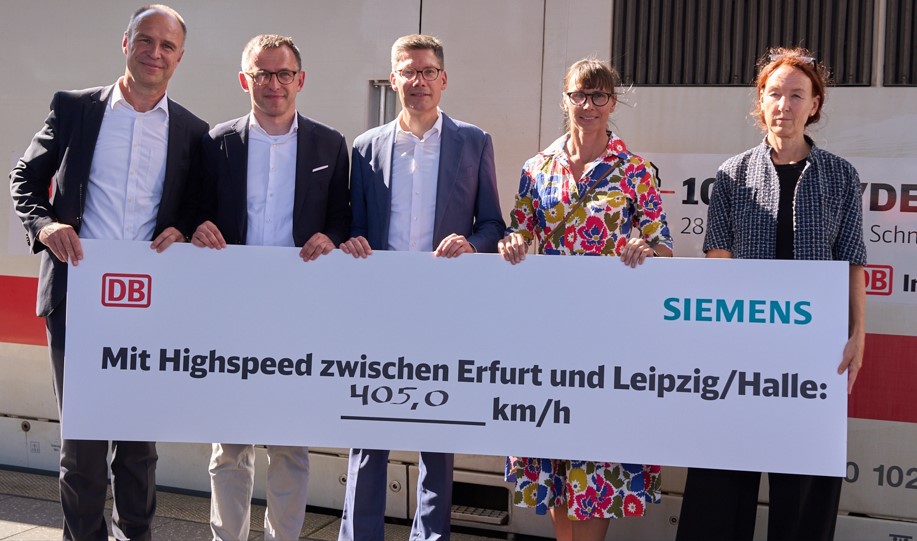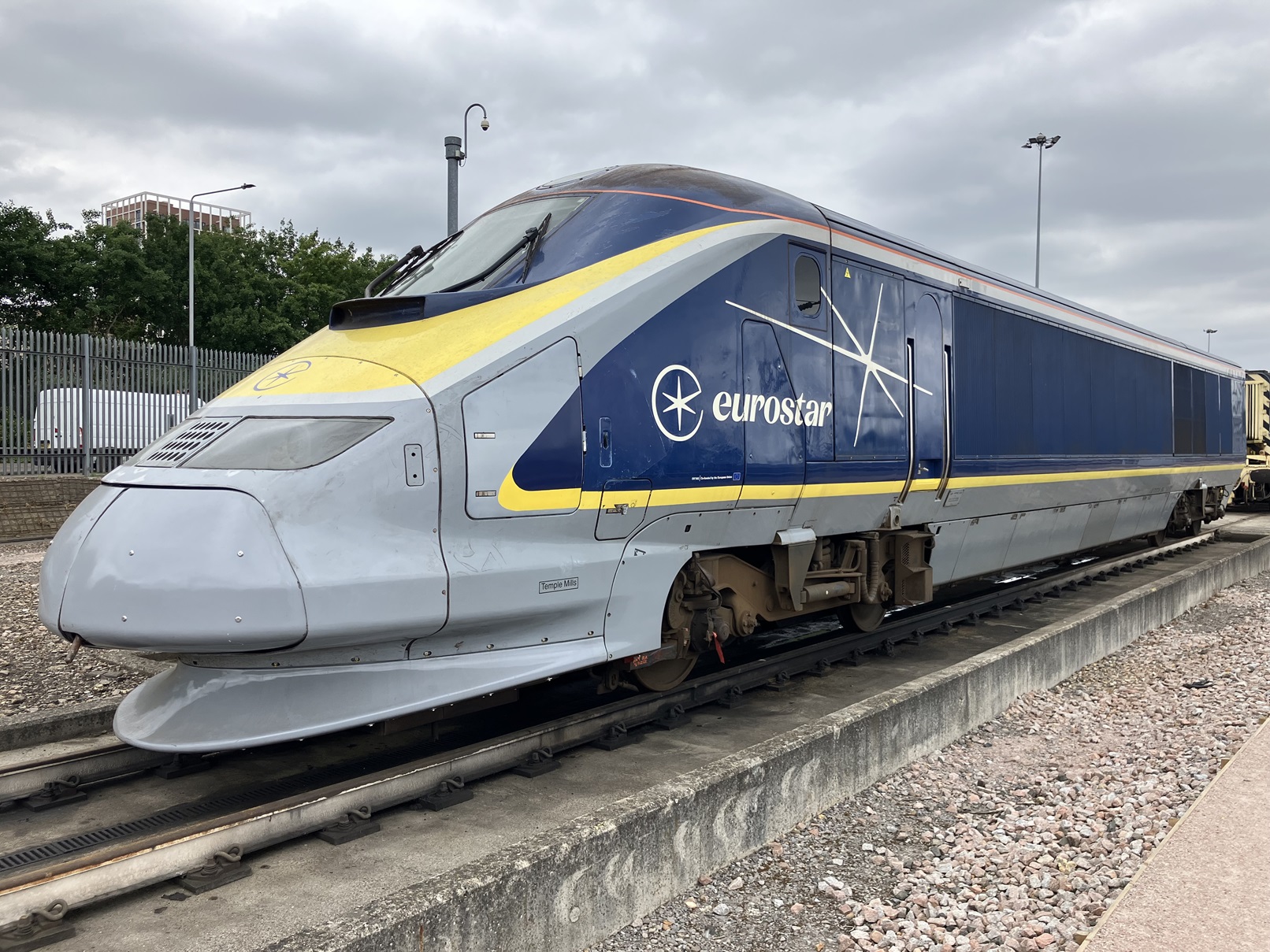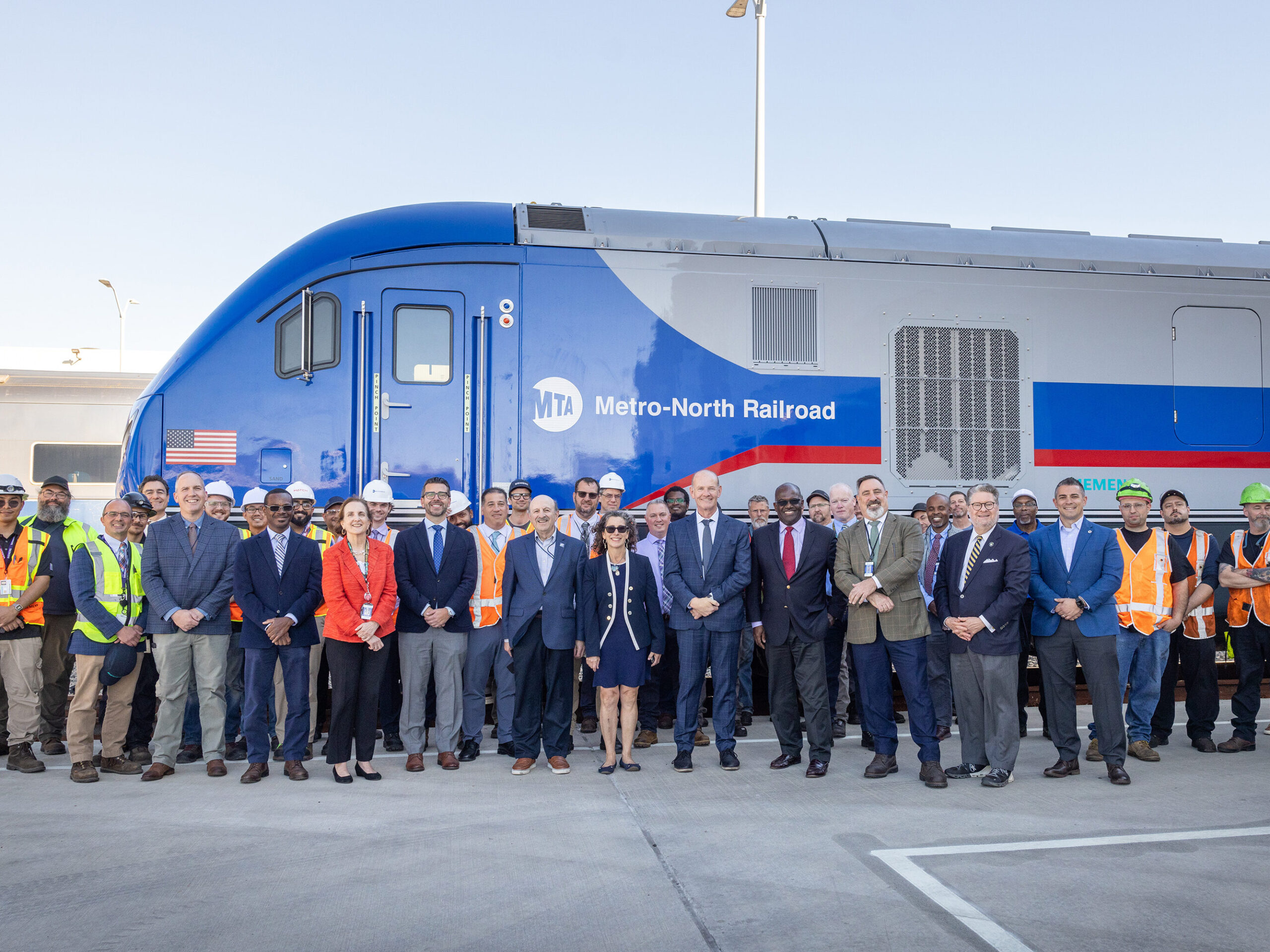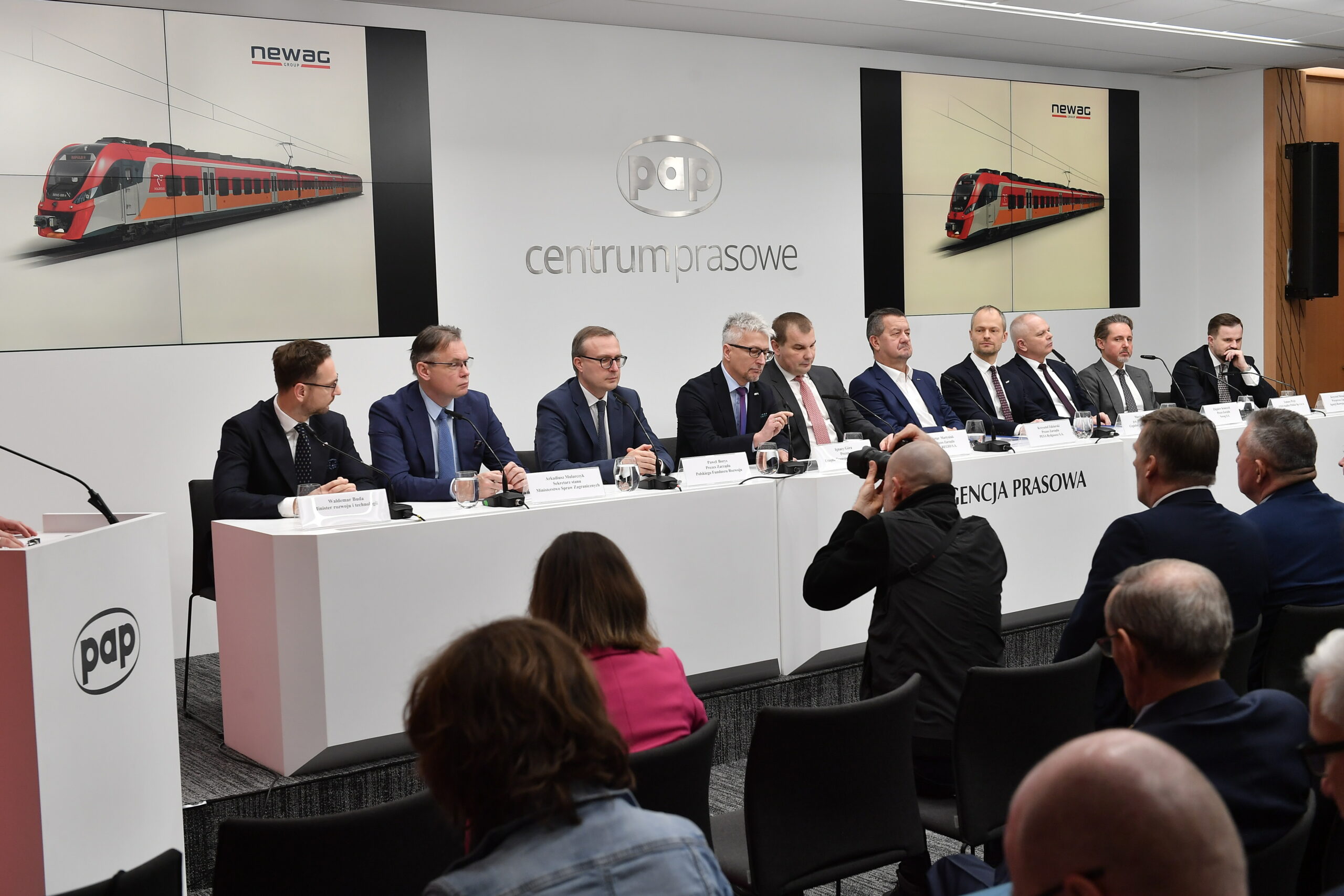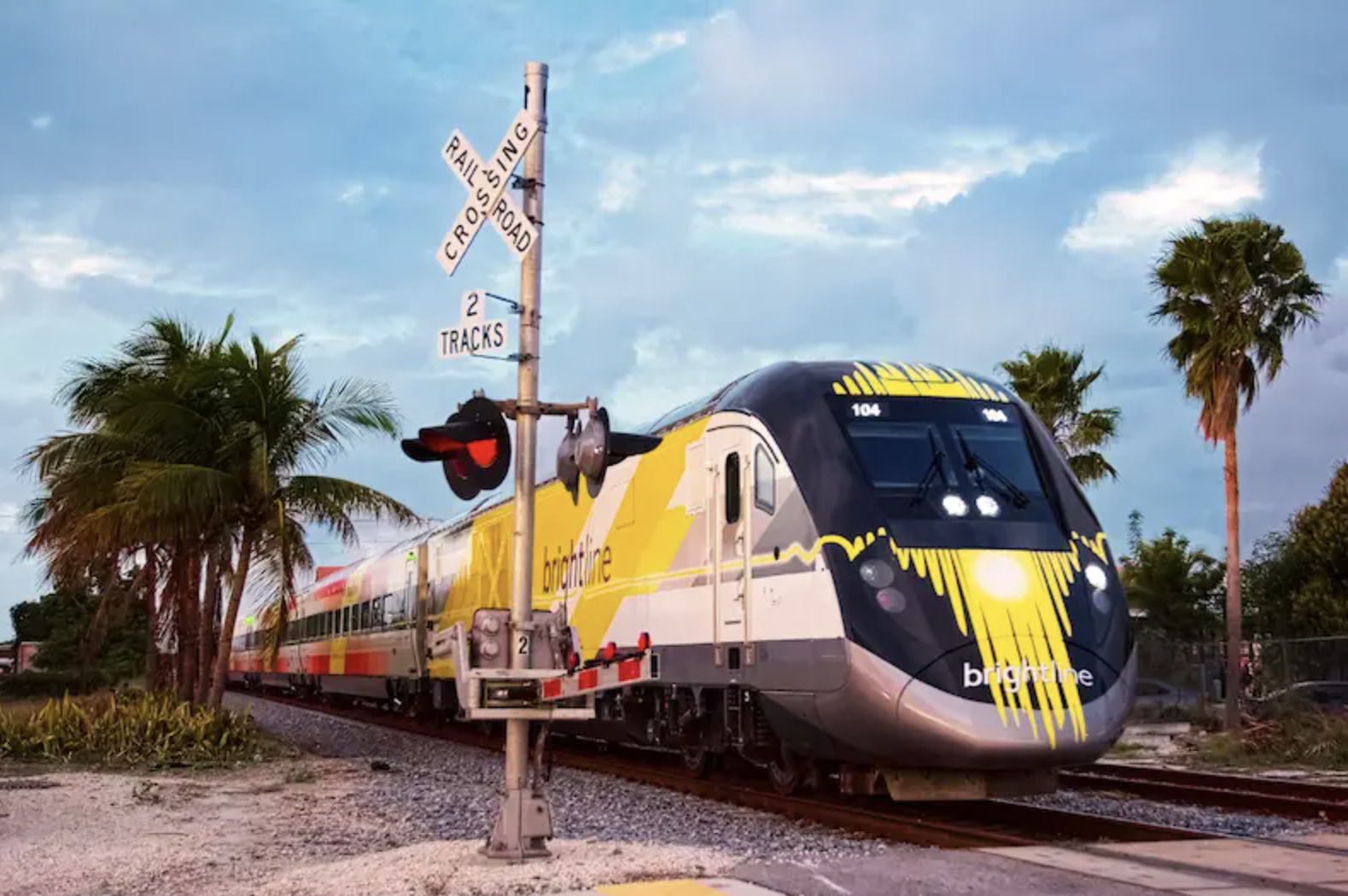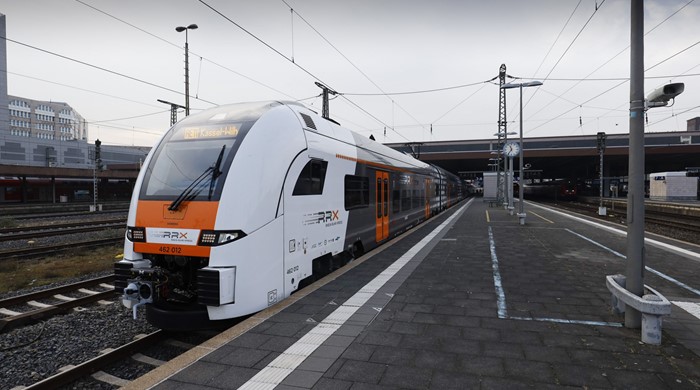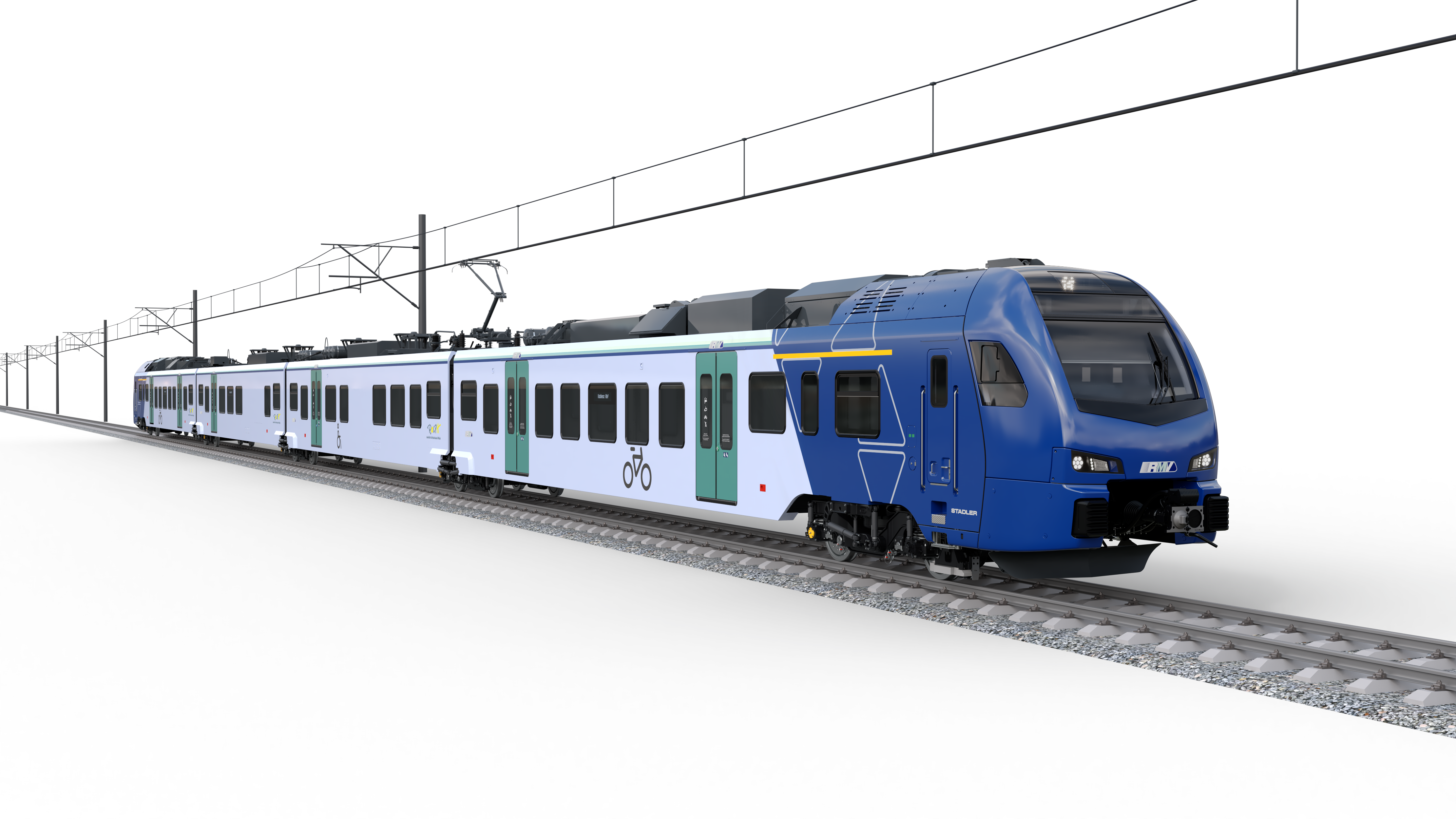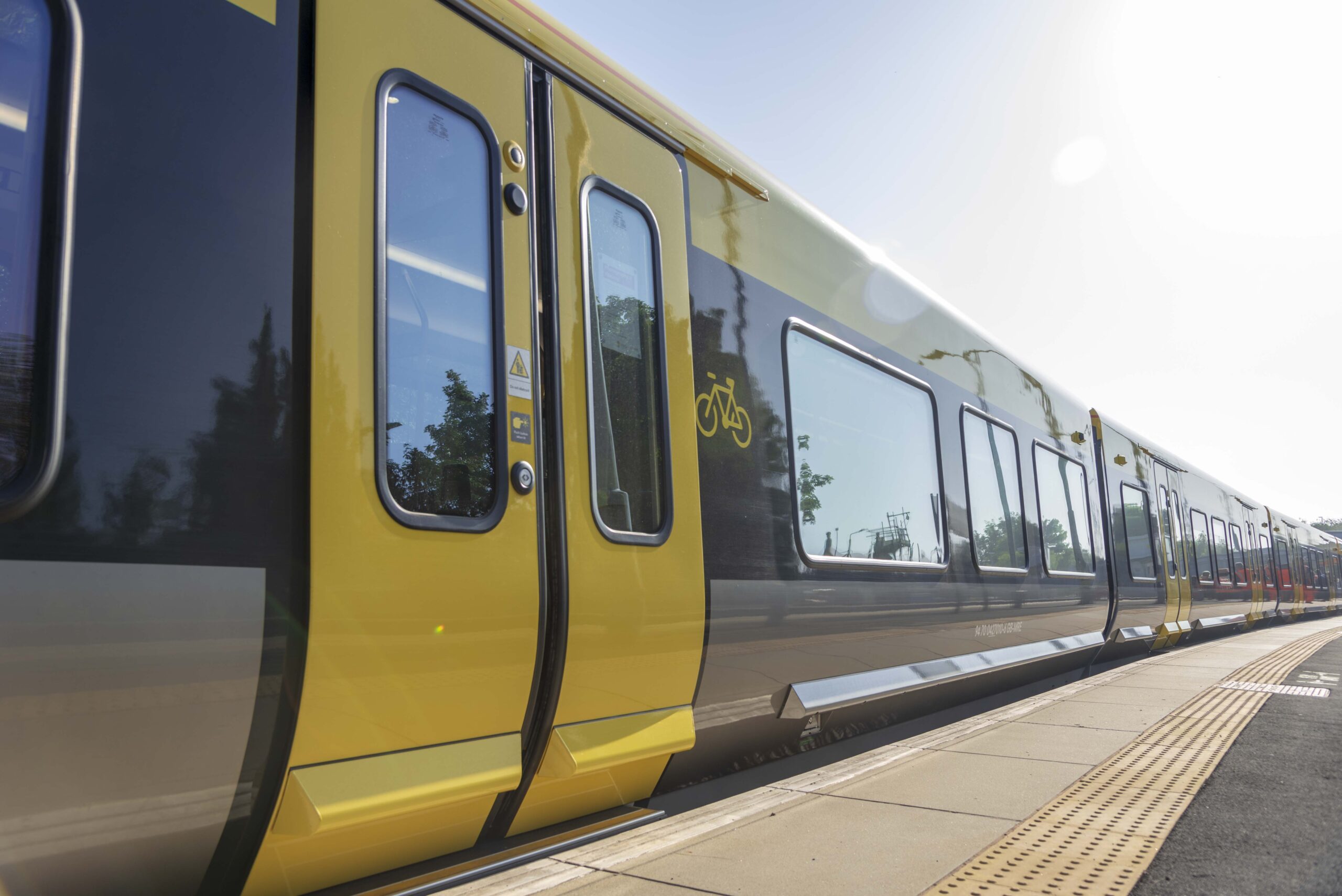Hessische Landesbahn has ordered three two-car Mireo Plus B battery trains from Siemens Mobility for its Oberwesterwaldbahn (OWB) and Unterwesterwaldbahn (UWB) routes.
This is a pilot project to replace diesel trains with more climate friendly battery-operated vehicles on these topographically challenging routes.
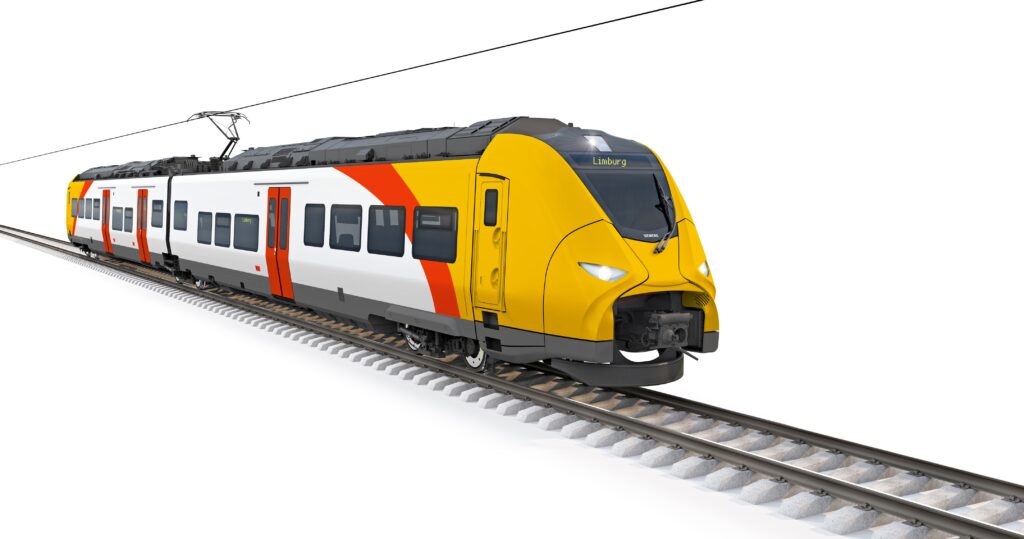
Siemens Mobility’s trains for Hessische Landesbahn will have three doors on each side for faster entry and exit, 126 seats and standing room for 156 passengers.
They will be equipped with pantographs for operating under catenaries and for charging batteries, and with batteries for operating on non-electrified routes.
The Mireo Plus B model was chosen for its ability to deal with difficult, longer uphill stretches in the low mountains and long non-electrified sections of track.
Once they enter operation, the battery powered trains will provide substantial CO2 savings by reducing exhaust emissions. They will also lower noise levels on the routes.
Additionally, Siemens Mobility’s use of silicon carbide technology in the vehicles will provide significant energy savings.
We're delighted to have this opportunity to demonstrate in the Westerwald pilot project that alternative drives offer a really good and green alternative for passenger transport even on topographically challenging routes and long non-electrified route sections.
The Mireo Plus B from Siemens Mobility is climate-friendly, powerful and quiet, and delivers significant CO2 savings since it replaces diesel with battery power.
The new trains will serve over 50 stations across the two routes, operating from Limburg to Altenkirchen–Au–Siegen on the OWB and between Limburg–Montabaur–Siershah on the UWB.
When operating in battery mode, the range of the Mireo Plus B on topographically challenging routes is around 80 kilometres before charging is required.
The OWB route is 115km long and includes a 75km stretch without overhead power lines. This means the trains’ batteries will need charging in Limburg and on the Au–Siegen stretch.
The UWB’s non-electrified section is approximately 35km in length, enabling trains to operate back and forth without recharging.
Achim Hallerbach, District Administrator, District of Neuwied and Head of the SPNV-North, said:I''m really proud that our joint commitment to alternative drives for regional rail transport in northern Rhineland-Palatinate is bearing fruit.
The order from Hessische Landesbahn as our contractual partner to Siemens Mobility for the delivery of the battery trains has laid the basis for the innovative trains with climate-friendly drive to prove their suitability in everyday passenger service in the Westerwald region.
We’re quite excited about the experience and lessons that the pilot project will provide. This will allow us to take further decision on the use of alternative drives.

















